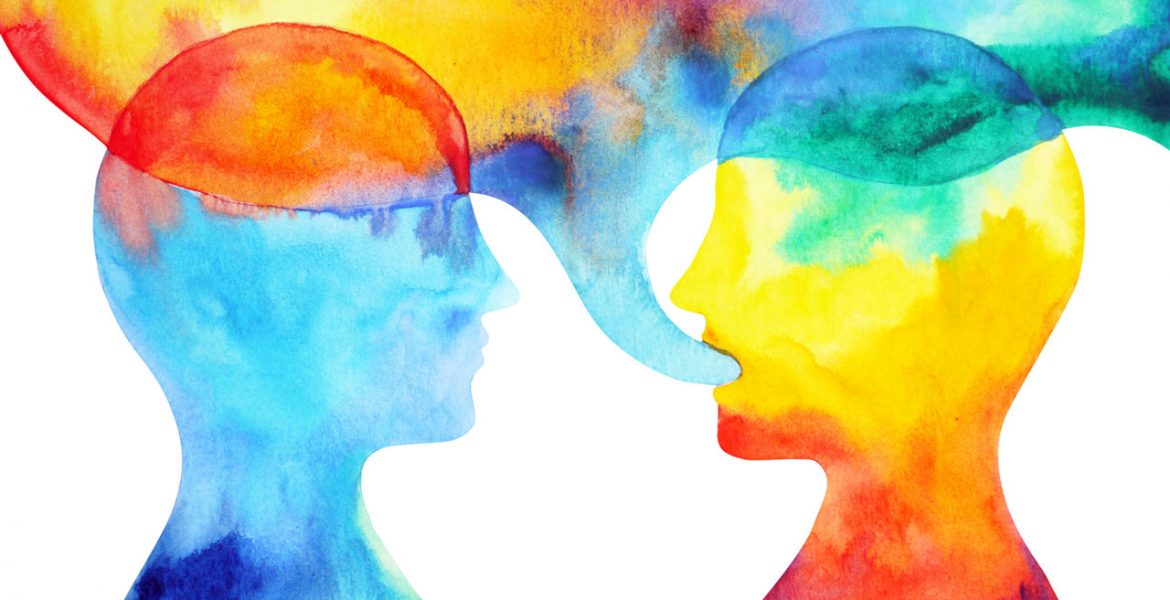Media is a powerful tool—one that shapes our world. It can be used to help people, by raising awareness, entertaining or educating us, sparking debates and breaking down stereotypes. But it can also be used in harmful ways, be it by creating confusion with false information, reinforcing stereotypes or simply excluding groups from even appearing on the screen itself.
It’s the responsibility of those of us working in this industry to use the platforms that we have to create the most empowering content. It’s not just the right thing, it’s also the smart thing. Our data shows that women 18 years and older spend nearly 73 hours per week consuming media—that’s five hours more than their male counterparts. So, it’s not all that surprising that the
2017 See Jane 100 report from the Geena Davis Institute on Gender in Media found that female-led family films grossed 38.1% more on average than male-led films, a pattern that has remained consistent over four years.
Media has long been a medium of mass marketing. And the industry has historically focused on reaching the broadest segment of the population, with programs and advertising alike typecasting people and playing into gender norms.
But all that is changing. New digital devices and platforms have fragmented audiences and, in turn, given people power through their choices and voices. By speaking up and making their voices heard, they’re driving a cultural shift unlike anything we’ve seen before.
Social media has provided a platform for the #MeToo movement, reporting sexual abuse and discrimination in the entertainment world. At the same time, apprehension over privacy on these platforms has focused a harsh light on advertising practices in an increasingly selective and contextual consumer environment. And claims of so-called fake news have created mistrust even among venerable institutions.
While many fixate on these challenges, I believe they’ve been invaluable to media’s evolution. The diverse voices behind these cultural changes are forcing the industry to look carefully at whose voices we listen to and communicate with. As consumers, the people behind these diverse voices represent a valuable opportunity for businesses who understand their wants and needs. And new tools like addressable advertising are making it easier for brands and advertisers to better serve them through personalized content.
Many are working hard to address the challenges media faces today. The TimesUp movement is responding with force to the discrimination and sexual abuse issues unfolding inside of our industry. Networks, studios and individuals are holding themselves and everyone else accountable for personal actions. Social media companies are owning up to past shortcomings and taking bold steps to improve practices. And news organizations are doing some of their best work ever in reporting the news and uncovering scandal and prejudice.
These actions take courage. Courage comes in many different shapes and forms, and it’s different for every individual. But we all have courage, and we need to shine a light on it. Every time a news outlet jumps into the trenches and reports the facts, they have courage. Every time we get behind a cause to point a finger at what we think is wrong with this society, we have courage. And every time you call to account someone who challenges the veracity of what you do, you have courage.
Thanks to the courage of those across the industry, media has never been as powerful as it is right now. Never before have we been more tolerant, more accepting and more connected than we are today. Never before have we had such depth of creative content. Never before have we had such a breadth of channels to offer up this content. And never before have we had the sophistication and breadth of measurement to understand the effects of these changes.
To that end, we recently collaborated with the Geena Davis Institute on Gender in Media to provide pro bono U.S. TV ratings data for its upcoming 2018 “See Jane” report. This annual report examines gender and race representation in the top grossing family films to understand the gaps, as well as the progress. Supporting this report is just one example of how Nieslen is speaking up to help broaden inclusion in media.
And the good news is that for the first time since the Institute has been analyzing female portrayals, we’ve achieved parity in terms of screen and speaking time and close to parity in the percentage of female portrayals for the Top 50 television programs from 2018 for ages 2-13.
This progress has been made because of the women (and men) who have stood up and questioned why women aren’t represented equally within media. But there’s still more work to be done.
According to the World Economic Forum Global Gender Gap report, women currently earn, on average, 68% of what men do. Additionally, women are still shouldering most of the household responsibilities. And in media male characters still outnumber female characters two-to-one when it comes to leads, screen time and speaking time according to the Geena Davis Institute.
To that end, we all need the courage to find our voices. In my role as Chief Commercial Officer at Nielsen Global Media, I’m always asking questions about the gender splits in my teams and asking for progression planning. And because I ask the question, they ask the question. As a result, I’ve seen the growth of women’s voices when people question what’s happened and call out opportunities for inclusion.
Without speaking, you can’t be heard—so speak up, the media industry needs to listen.
Come see this #AWNewYork panel on Wednesday, September 25 at 9:30 a.m.

